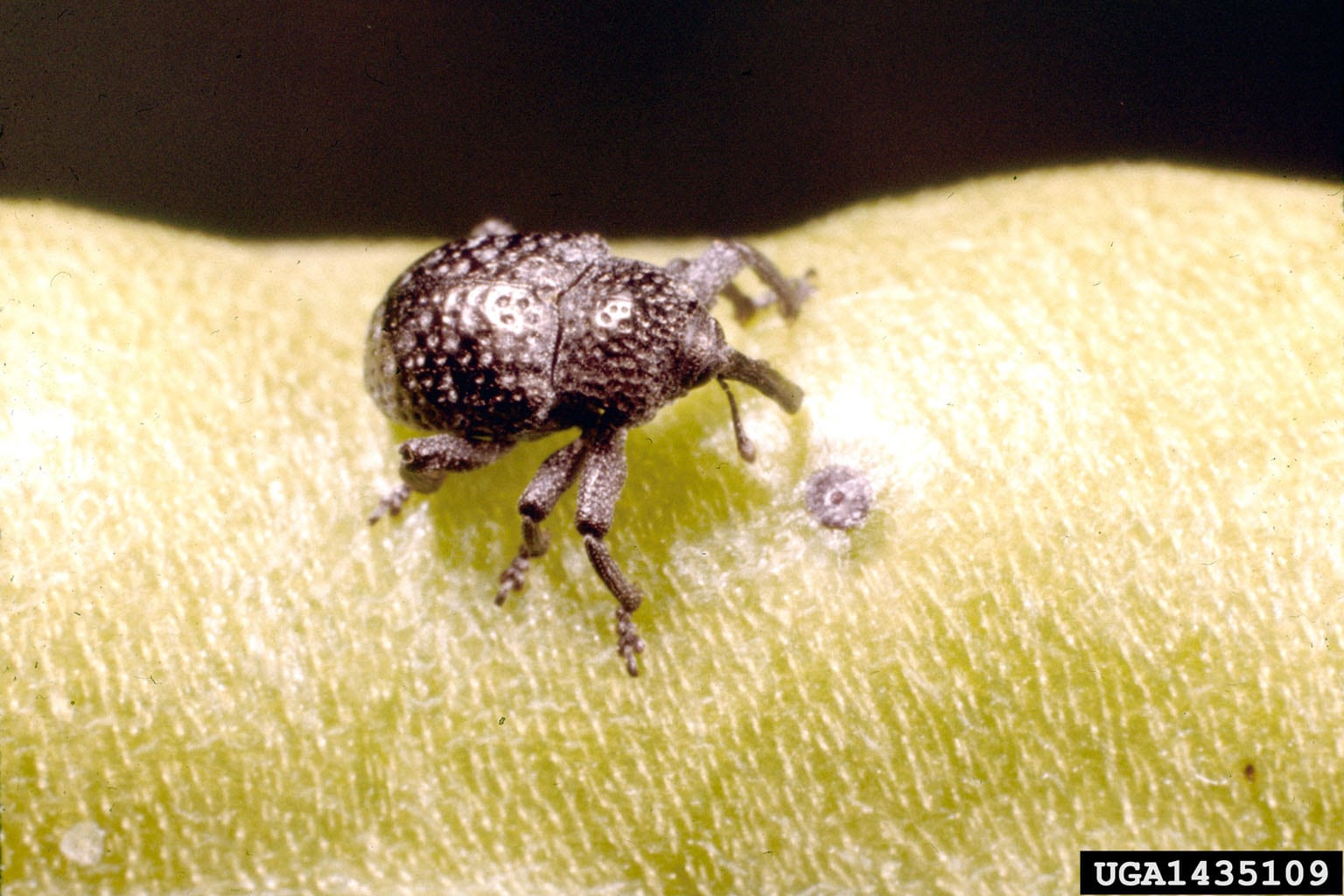Cowpea Curculio Management – Information About Cowpea Curculio Damage


Cowpeas, or black-eyed peas, have long been a garden staple across the southeastern United States. Grown for its taste, and valued for its nitrogen fixing properties, this heat-tolerant legume is a great choice for even the harshest growing conditions. Though the fast-maturing plants require minimal care, some pests could drastically impact yields. Knowing the signs of one such nuisance, cowpea curculio, will ensure that gardeners are better able to manage damage done to their plantings.
Signs of Cowpea Curculio
Cowpea curculio insects are a destructive type of weevil that is most commonly found on cowpeas. While adult cowpea curculio damage plants as they feed, further damage is done when larvae are hatched and begin to feed inside the developing cowpea pods, leading to decreased yields. Cowpea curculio damage may not be immediately noticeable. Most often, gardeners and large-scale growers will notice eaten sections or indentations in the cowpea pods. The presence of these indentations are usually signs that the weevils are not only present but may have already started the process of laying eggs on the plants.
Cowpea Curculio Management
Due to the nature of this pest, it is important that growers are able to detect these weevils as early in the season as possible to prevent life cycle completion and, thus, find success in controlling cowpea curculio. In recent years, traps have been developed as a means for commercial growers to more easily detect the arrival and presence of the weevils. While some categories of food-safe pesticides have been shown to control moderate infestations of the cowpea curculio, demonstrated resistance to sprays has made it very difficult to control damage to crops in areas when many insects are present. One of the best ways to manage cowpea curculio in the garden is by taking necessary steps to prevent infestation. Like many garden insects, these weevils spend the winter in the ground. Thoroughly clearing the garden of any debris is an excellent way to discourage this process. Additionally, growers will benefit from consistent crop rotation, as it has been found that the pest seldom flies. Another legume, snap beans, may also be targeted by this insect. Awareness of this pest will assist gardeners as they plan their yearly gardens. By keeping a keen eye, and by choosing varieties which demonstrate more resistance to the weevils (such as those with thick pod walls), gardeners and large-scale growers can help reduce damages done throughout the growing season.
Sign up for the Gardening Know How newsletter today and receive a free copy of our e-book "How to Grow Delicious Tomatoes".

Tonya Barnett has been gardening for 13 years. Flowers are her passion. She has transformed her backyard into a cut flower garden, which she regularly chronicles on her YouTube channel http://www.youtube.com/@tonyawiththeflowers.